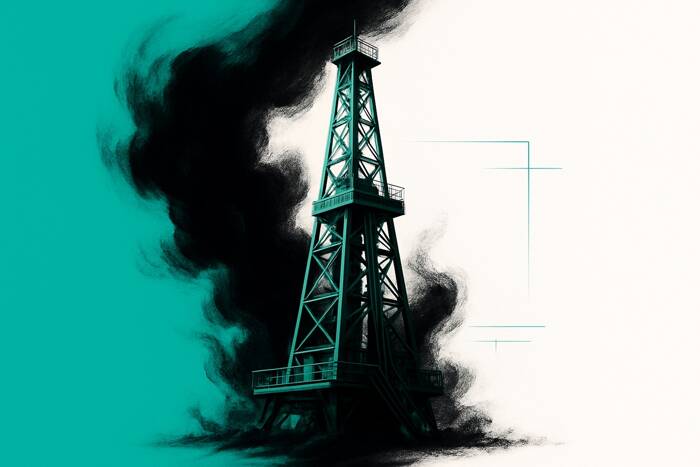OPEC and Strait of Hormuz at Center of Volatility Risks
The biggest wildcard remains Iran’s next move. If Tehran retaliates militarily or disrupts the Strait of Hormuz—a conduit for 20% of global oil—analysts expect Brent to break above $120, potentially hitting $130. Regional U.S. military assets and oil infrastructure in Iraq, Saudi Arabia, and the UAE could become targets. The threat of asymmetric warfare, including drone and cyberattacks, is likely to prompt investors to hedge aggressively.
Conversely, if Iran opts for diplomatic de-escalation, oil prices could retrace. This hinges on signals that the U.S. strikes were a “one-off” and China’s economic leverage over Tehran encouraging restraint. Under this scenario, analysts expect Brent to stabilize between $65–$70, with a lingering $5–$8 risk premium baked in.
Goldman, JPMorgan, Citi Weigh In: Divergent Oil Price Forecasts
Despite the strikes, Goldman Sachs is holding to its bearish long-term view, citing no current supply disruption. The bank still forecasts Brent at $59 by Q4, but acknowledges a higher geopolitical risk premium is now warranted. In contrast, JPMorgan’s previously “extreme” scenarios involving Strait of Hormuz disruptions are now considered realistic, projecting Brent at $120–$130 under conflict expansion.
Citi and Commerzbank strike a middle ground, arguing any price spikes will be temporary unless physical supply is impacted. Still, they see downside support near $70 given the heightened geopolitical backdrop.
Federal Reserve Watch: Inflation vs. Growth Trade-Off Emerges
With inflation already under scrutiny, a sustained oil price spike could force the Federal Reserve into a difficult position. While short-term oil spikes are viewed as demand-suppressing, sustained triple-digit crude would raise inflation expectations, potentially pressuring the Fed to cut rates despite rising price levels.
Outlook: Bullish Bias as Oil Markets Enter Geopolitical Price Regime
The market is poised to shift decisively from a supply-demand driven regime to one dominated by geopolitical risk. With Iran’s retaliation still pending, the balance of risk favors a bullish outlook for crude oil.

